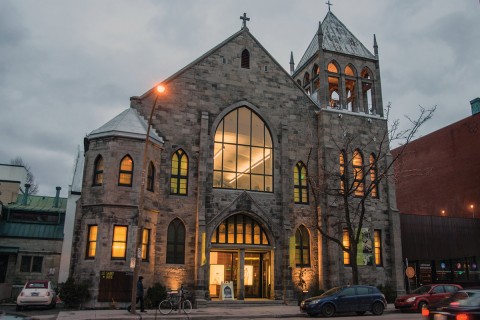How Quebec went from one of the most religious societies to one of the least
Americans don’t have to look as far away as Europe for an example of how quickly secularization can come.

Religious Americans sometimes look nervously at the rapid secularization of European nations and wonder if something similar could happen to them. The last decade has witnessed a notable drift to the secular in the United States, measured for instance by the substantial rise in nones, those who reject any religious affiliation. Meanwhile, the current pandemic will assuredly have wide-ranging effects on institutions of all kinds.
But we don’t have to look as far away as Europe for an example of a quite sudden and irrevocable decline of religious faith and practice and the general replacement of old congregations by new populations. To see just how speedily an old religious order can collapse, look no further than the Canadian province of Quebec. This is not to suggest any direct analogies with the present US situation, but rather to stress how quickly an impregnable fortress can crumble.
Quebec in the 1950s was one of the world’s most religiously active societies, with a powerful Roman Catholic Church that was regarded as reactionary even by the standards of the time. The French speakers who made up the great majority of the province’s population viewed the church as a cherished symbol of cultural identity and survival under what they saw as heavy-handed Anglo domination and exploitation. The province’s Irish minority saw just as little reason to challenge that religious order. The Catholic Church utterly dominated large areas of everyday life through its role in health care, education, and social welfare. Weekly mass attendance rates reportedly reached a staggering 90 percent. Churches and pilgrim shrines blossomed, making Montreal the “city of a thousand steeples.”




